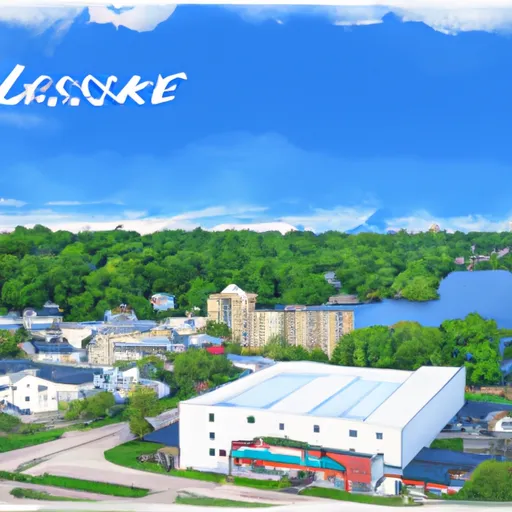°F
°F
mph
Windspeed
%
Humidity











Star-Lake, Wisconsin is a charming and picturesque town located in Vilas County. Situated in the heart of the Northwoods, the town experiences a typical Midwestern climate. Summers are warm and pleasant, with average temperatures ranging from the 70s to mid-80s Fahrenheit. Winters are cold and snowy, perfect for winter sports enthusiasts, with temperatures averaging in the 20s.
The town is renowned for its pristine lakes, including the eponymous Star Lake. The hydrology constituents of Star Lake are characterized by crystal-clear waters and abundant aquatic life, attracting anglers and nature lovers. The lake offers excellent fishing opportunities, with species like walleye, musky, and bass. Boating, kayaking, and paddleboarding are popular activities enjoyed on the lake's calm waters.
Outdoor recreation opportunities in Star-Lake are abundant. The town is surrounded by lush forests, providing ample opportunities for hiking, biking, and wildlife observation. The Chequamegon-Nicolet National Forest is nearby, offering miles of trails for exploration. In winter, the area transforms into a winter wonderland, ideal for snowmobiling, cross-country skiing, and snowshoeing.
In conclusion, Star-Lake, Wisconsin is a haven for outdoor enthusiasts, offering a diverse range of recreational activities throughout the year, thanks to its pleasant climate, pristine lakes, and beautiful natural surroundings.
Weather Forecast
Star-Lake receives approximately 786mm of rain per year, with humidity levels near 84% and air temperatures averaging around 5°C. Star-Lake has a plant hardyness factor of 4, meaning plants and agriculture in this region thrive during a short period during spring and early summer. Most plants will die off during the colder winter months.
Regional Streamflow Levels
101
Cubic Feet Per Second
6,600
Cubic Feet Per Second
1,720
Cubic Feet Per Second
67
Cubic Feet Per Second
Nearby Camping
| Camping Area | Reservations | Toilets | Showers |
|---|---|---|---|
| Big Creek Waterpark | |||
| Roosevelt State Park | |||
| Lake Ross Barnett | |||
| Shockaloe Base Camp I | |||
| Little Black Creek Waterpark | |||
| North Graysport - Grenada Lake |



